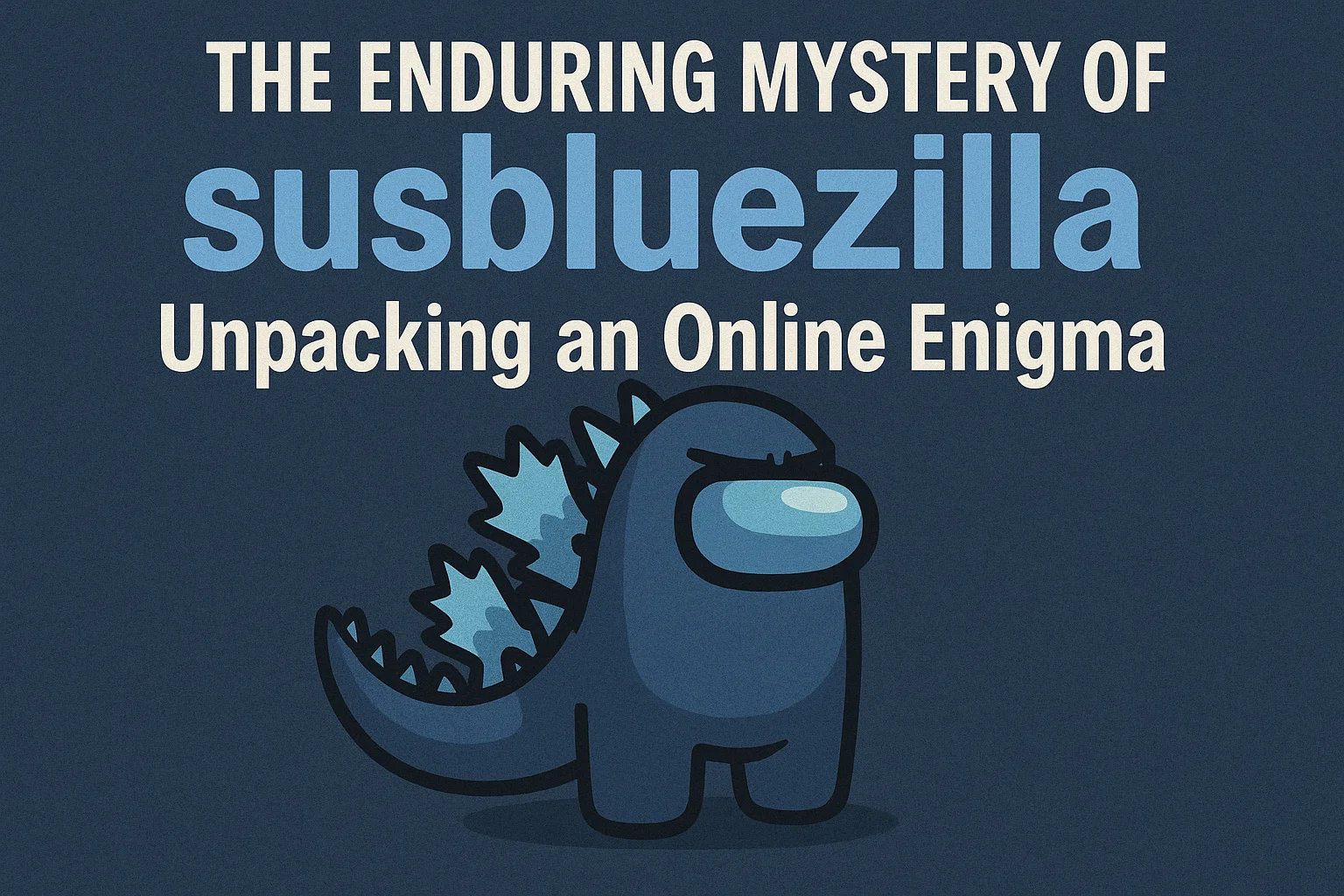You ever notice how one t-shirt just grabs your attention, even if the person’s rocking designer shoes or some wild jacket? It’s weird, but honestly, it’s so often the tee that gets all the glory. Maybe there’s a color combo that just slaps, or a tiny off-center graphic, or some phrase that makes you laugh or double-take. That’s the thing—tiny details are everything in t-shirt design. Like, for real, the smallest stuff can totally make or break the whole vibe.
Making a killer t-shirt isn’t some secret science, but you gotta put a little thought into it. Most folks play it safe—boring colors, copying what’s already out there, trying way too hard to be perfect. But the shirts that actually get noticed? They’ve got some attitude. They bend the rules a bit. Honestly, messing around with online design tools to make screen-printed t-shirts has changed everything. You can just drag stuff, slap on some wild fonts, mess with colors, and see what sticks—no wasted shirts, no regrets.
Even stuff you’d think doesn’t matter—like if a logo’s a little see-through, or the background’s got some sneaky texture—makes a huge difference. That’s where an image enhancer tool is clutch. You don’t need four years in art school to make your images pop. A quick brightness tweak, a little extra contrast, suddenly your design goes from “meh” to “whoa, where’d you get that?”
Colors aren’t just for looking cute. They set a whole mood. Bright yellow? You’ll get seen from space. Muted beige? Eh, you’ll blend into the couch. Throw a gradient on there and suddenly your flat graphic’s got some depth. And don’t be scared of weird color combos—sometimes a slightly weird clash is exactly what makes people remember your shirt. Safe is boring, let’s be real.
Now, let’s talk placement. Everyone thinks graphics have to be dead center. Snooze. Put it a little higher, or way off to the side, and you get something fresh. It’s wild how just nudging a design makes it look like you actually cared, not like you just clicked “print” and hoped for the best. People might not even know why they like it, but they’ll remember it.
Fonts? Oh man, they’re underrated. Handwritten ones? Instantly more human, a little quirky. Go bold and clean, and it’s all “look at me, I’m modern.” Mix ’em up, but don’t go full ransom note—some contrast is cool, chaos is not. The best part: with design tools, you can test one million fonts and it won’t cost you a dime.
The magic thing about t-shirts is, they’re real. Scroll past a pic on Instagram and it’s gone. But a shirt? It’s walking around, getting folded, catching eyes at the grocery store. Someone might point, snap a pic, or just ask, “Where’d you get that?” Real people spreading your design—beats an algorithm any day.
Texture’s a sneaky one, too. Thicker lines, a shadow here, a highlight there—suddenly your graphic looks like you can touch it. Using an image enhancer before you print just makes sure every little detail shows up crisp and clean. That’s the difference between “eh, it’s fine” and “dude, that’s awesome.”
And don’t forget to have some fun with it. Toss in a joke. Drop a weird quote. Add something that’ll make people look twice. Those are the shirts people actually talk about. DIY tools are awesome because you’re not stuck with boring templates—add your weirdness, your inside jokes, whatever.
Don’t rush it, either. You can always tell when someone slapped a design together in five minutes. Take ten more minutes, play around. People notice the effort, even if they can’t put their finger on why.
Bottom line: t-shirts aren’t just fabric—they’re little flags waving your personality, your style, your attention to detail. The difference between “meh” and “heck yeah” is usually just a couple small design choices. Off-center graphic, spicy font, colors that pop? That’s the secret sauce.
And that’s why these new design tools are so rad. They let anyone play around, get weird, and make shirts people actually notice. You mix in some creativity, fuss over the details, maybe give your images a little boost with an enhancer, and boom—you’re making shirts that people remember. Not just clothes, but actual statements.




